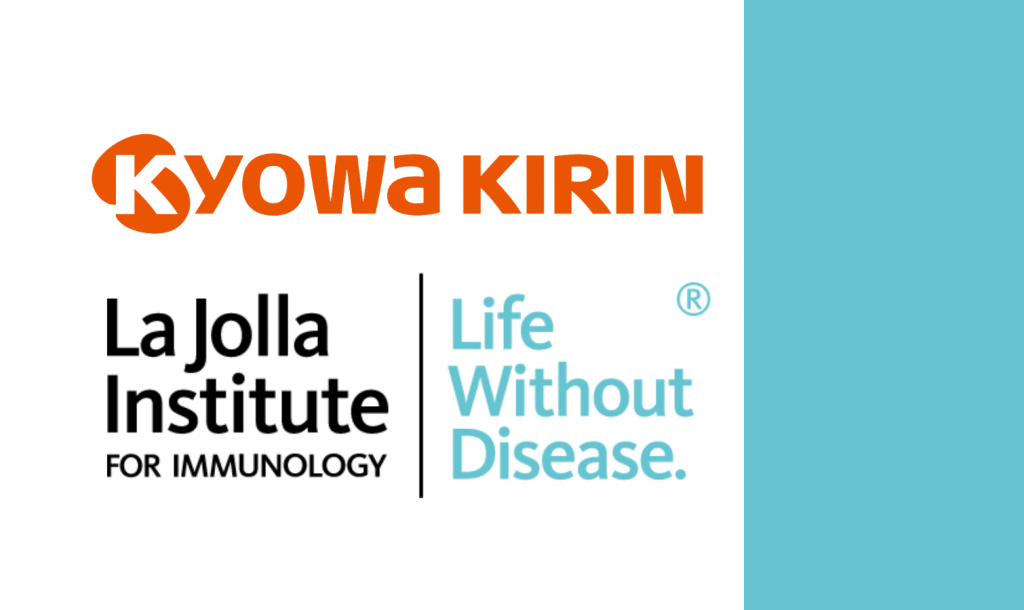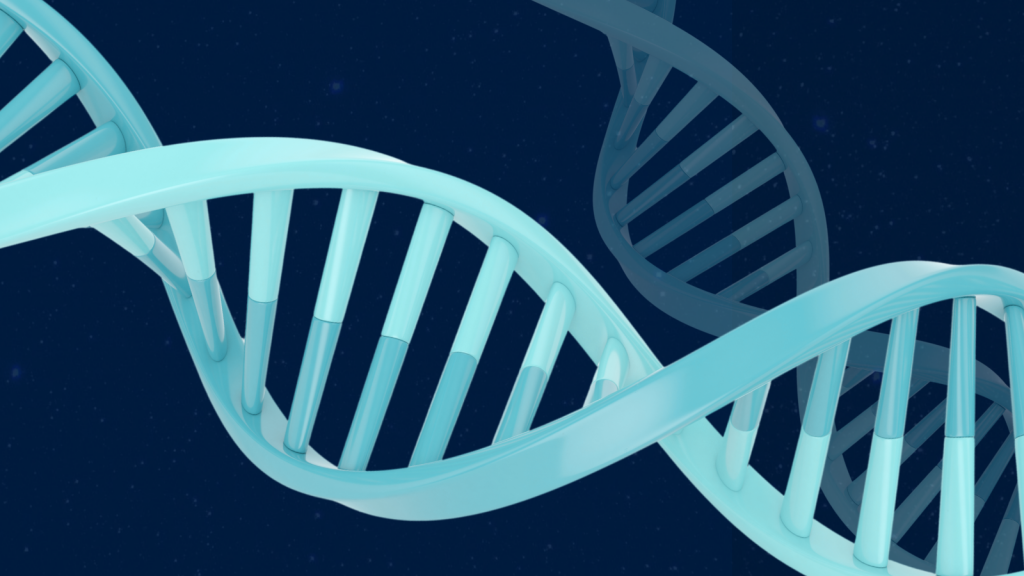Team: Estefania Quesada-Masachs, Sakthi Rajendran
Type 1 diabetes (T1D) is an autoimmune disease in which insulin-producing β cells are attacked by the immune system. Earlier work suggests that β cells could also express HLA class II (HLA II) upon exposure to pro-inflammatory cytokine cocktail and in some islets of donors with recent-onset T1D. Also, in a recent transcriptomic study of sorted β cells, it was demonstrated that HLA II can be expressed in β cells during the pathogenesis of T1D. However, the expression was very heterogeneous and, some previous studies did not even detect HLA II in T1D patients, or just very low levels were reported. For many reasons, it is still unknown the role of HLA II in T1D and, in case it plays a role, at which stage of the disease it can be found and its involvement. In an attempt to investigate the expression of HLA II in human pancreas during T1D course, we aim to precisely quantify HLA II expression in human pancreatic tissue sections, obtained from the network of pancreatic organ donors (nPOD). We aim to also precisely delineate the main cellular sources of HLA class II in human pancreas in T1D, a subject that has been highly controversial in the past. We are also thoroughly examining intracellular localizations and colocalizations of HLA II and other cellular and inflammatory markers to figure out the potential mechanisms involved. We are performing functional studies in live islet cultures or organoids to monitor the changes in HLA II expression upon exposure to different conditions. Determining the role of HLA class II in T1D pathogenesis will help us better understand the disease and to design more effective therapies.




